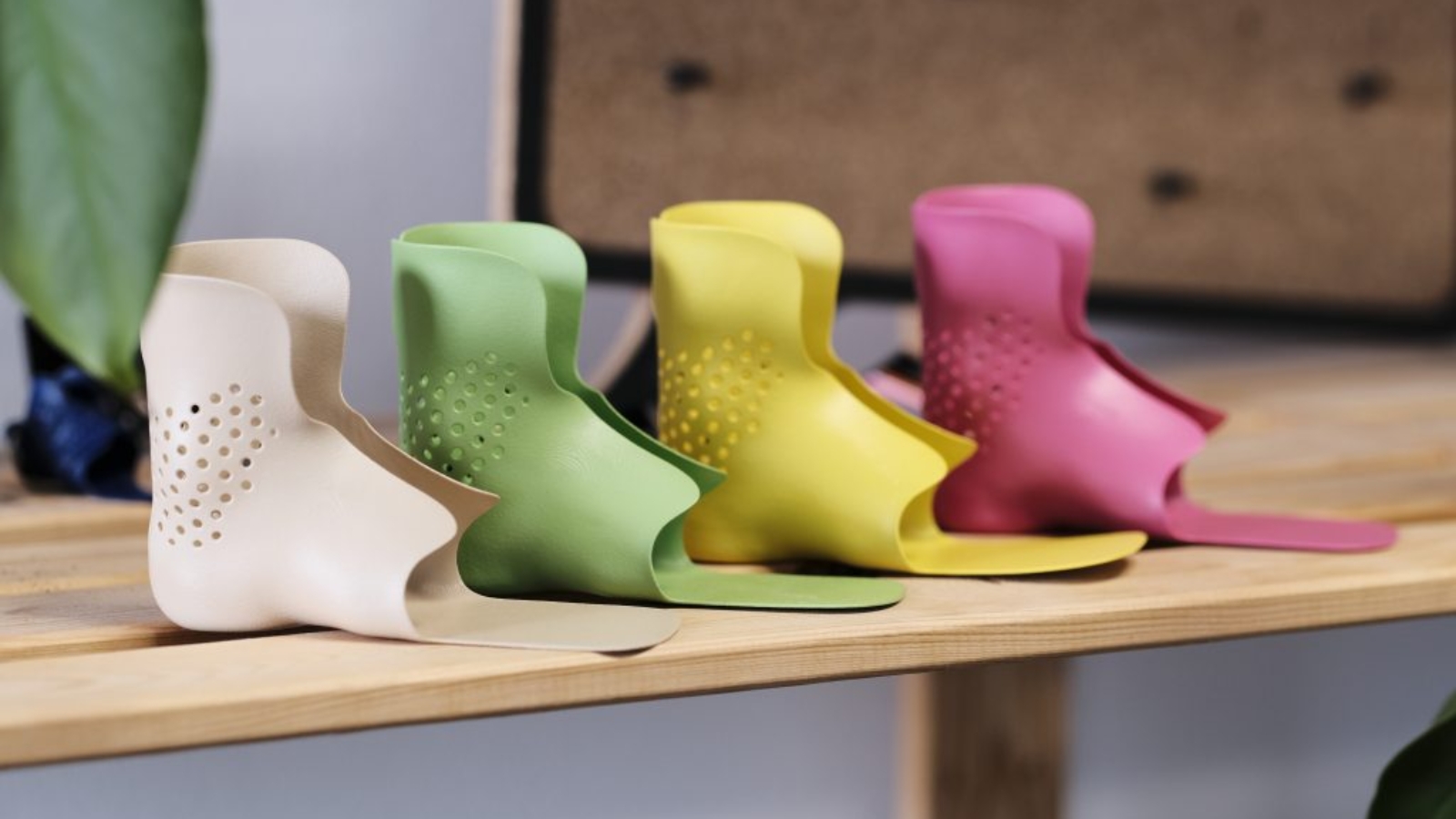3D printing has been officially recognized as a reimbursable fabrication method for prosthetic devices under Medicare, marking a key regulatory milestone for digital manufacturing in healthcare. The decision was issued by the Durable Medical Equipment Medicare Administrative Contractors (DME MACs) and the Pricing Data Analysis and Coding (PDAC) contractors, which manage Medicare billing, coverage, and classification codes for DME. It extends the 2024 ruling that acknowledged additive manufacturing for orthotic devices, meaning 3D printing is now formally recognized across the entire orthotics and prosthetics (O&P) sector.
Recognition of additive manufacturing as a fabrication method removes a long-standing barrier that limited its adoption in prosthetics. Clinics and manufacturers can now operate within existing Medicare reimbursement frameworks, making 3D printed devices financially feasible for both providers and patients. The policy provides regulatory certainty for practitioners who can now integrate digital workflows—including 3D scanning, modeling, and fabrication—without uncertainty over coverage eligibility.
Reimbursement approval also strengthens patient access to custom prosthetics, allowing faster and more precise production of lightweight, personalized devices. By legitimizing digital processes within Medicare’s structure, this update aligns healthcare policy with technological advances that have already transformed design and engineering fields.

The decision reflects growing alignment between clinical practice and digital manufacturing within the orthotics and prosthetics field. It follows several years of collaboration between clinicians, engineers, and industry specialists to validate digital fabrication methods and demonstrate their reliability in patient care.
A consortium organized by multinational printing firm HP played a central role in generating the data required to support this policy change. Formed to promote research, evidence generation, and workflow adoption across the O&P ecosystem, the consortium brought together prosthetists, manufacturers, and research institutions to build a unified framework for clinical and technical validation.
“This decision changes everything,” said François Minec, Vice President and Global Head of Sales and Business Development at HP Additive Manufacturing Solutions. “It means clinicians can confidently prescribe 3D printed prosthetics, insurers can cover them, and patients can access care that’s faster, more affordable, and personalized to their needs.”
Integration of digital manufacturing into healthcare reimbursement policy is expected to accelerate modernization across prosthetic laboratories and rehabilitation centers. Clinics can now invest in validated digital design systems and certified additive fabrication tools, while educational programs can expand training for technicians in digital O&P production.
For patients, this shift removes a structural obstacle that restricted access to modern prosthetic solutions. The decision marks a systemic alignment of healthcare regulation, clinical practice, and manufacturing technology—bringing digital fabrication into the mainstream of U.S. medical device policy.
Manufacturing on Demand
Expanding 3D Printed Prosthetic and Orthotic Care
Recent initiatives across healthcare systems have highlighted how 3D printing is transforming patient access to personalized orthopedic and prosthetic devices. In early 2025, the Atlanta VA Healthcare System became the first Veterans Affairs (VA) facility to implement the ActivArmor platform, producing waterproof and custom-fitted 3D printed casts and splints for U.S. veterans. Using iPhone-based scans and on-site 3D printing, the hospital can fabricate patient-specific devices ranging from wrist supports to full leg casts in as little as three hours.
A similar shift toward localized, digital prosthetic production has emerged internationally. Medical equipment manufacturer PROTEOR partnered with Unbroken Ukraine, One World Strong, and TrainAI to deliver 3D printed prosthetics to civilians and veterans affected by the war in Ukraine. Through this collaboration, rehabilitation centers can produce definitive lower-limb sockets on-site using PROTEOR’s ISO-10328-certified CPX-KyronMAX material, with fabrication times between two and six hours. The initiative aims to enhance clinical independence, and expand access to high-quality prosthetic care.

You might also like:
CurifyLabs Launches CurifyLabs Create, a New Compounding Platform: Compounding—the preparation of customized medicines for patients whose needs are not met by standard drugs—has long depended on manual, time-intensive processes. CurifyLabs aims to streamline this work through its Compounding System Solution, which integrates specialized software, GMP-grade excipient bases, and 3D printing technology. The platform has been tested by more than 100 pharmacists.
* This article is reprinted from 3D Printing Industry. If you are involved in infringement, please contact us to delete it.
Author: Anyer Tenorio Lara


Leave A Comment